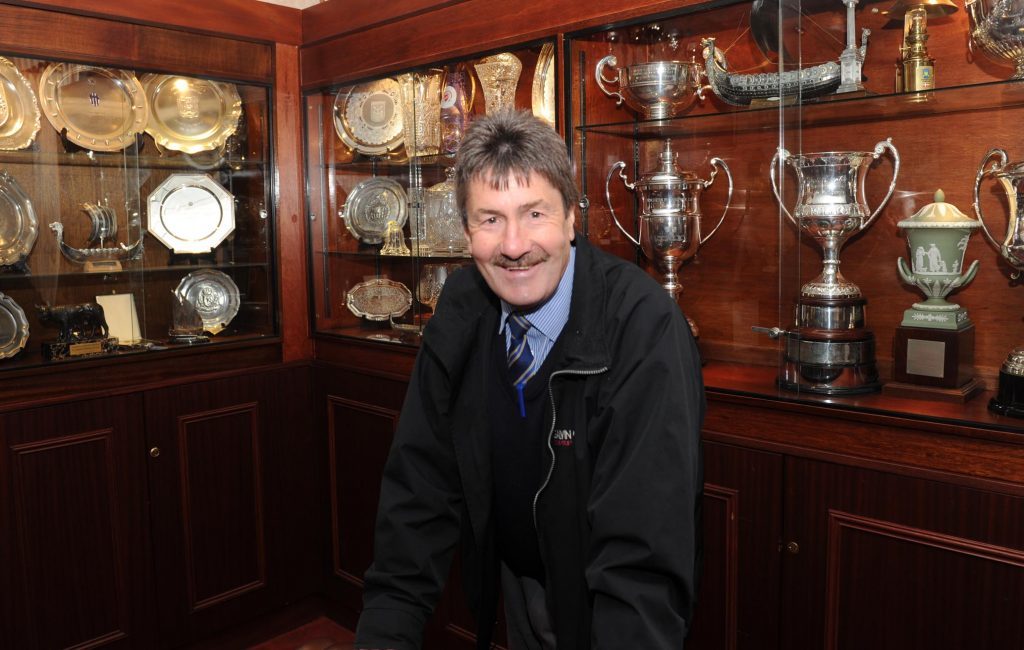“I wouldn’t swap the memories for the money,” said legendary Dundee United goalie Hamish McAlpine, at a dinner I was at with him last week, when asked did he regret not playing in today’s era of mega-riches for footballers.
The conversation came to mind after watching Manchester United in Europe and recalling the eye-popping £89 million they had paid for Paul Pogba, in a league where fiction and reality are becoming hard to distinguish between.
Hamish, who holds the unique honour of having had a song written as a tribute to him by a Dundee FC fan – the late great Michael Marra – fondly recalled his glory days under Jim McLean at Tannadice, when United regularly put Europe’s finest to the sword.
His playing days may be over but they are not a million miles away in the greater scheme of things.
However, the money on offer now is light years removed from what Hamish and his contemporaries earned.
Willie Miller, the classy Aberdeen and Scotland defender, once told me that Rangers had enquired about him, but that the wages being offered were similar to those at Pittodrie, apart from £20 for a ghosted column in a Glasgow newspaper.
Even a move to England in those days might not have been much more lucrative since the wage gap at that time wasn’t the gigantic chasm apparent today.
Then, both Willie and Hamish played in successful Scottish sides and could earn relatively decent bonuses.
The difference now though is astronomical.
Scottish clubs watch helplessly as their young players with potential are offered life changing sums of money in England, often quadrupling their wages.
Hamish and countless other top Scottish players missed out on that financial bounty, but he had his own rewards in a glittering Tannadice career.
As Michael Marra wrote in his famous eulogy to the goalie, “Hamish stokes young men’s dreams into a burning flame.”
All the money in the world couldn’t be as rewarding as that accolade.
Fit for the fairway?
Are golfers athletes? Or perhaps more importantly the question is should they be?
The legendary South African, Gary Player, this week said: “Your body is a temple and you have got to treat it as such.”
Player, who is 80, always had a rigorous discipline to his diet, exercise and rest regime.
He was an avid fan of the gym workout as a young man and a supporter of that very approach by Rory McIlroy.
Player won nine major championships and reckons that the modern golfer is more at risk of injury than he was, due to the pursuit of power in the modern game.
He agrees that advances in technology have made golf clubs more forgiving in striking the ball, and have lessened the need to centre on the sweet spot, making a golfer hit the ball harder with less worry for its eventual location, but with more impact on the body.
The number of back injuries in the modern game may well testify to the truth of his belief that technique and talent need to be supplemented by gym membership to swing your way to golfing greatness.










